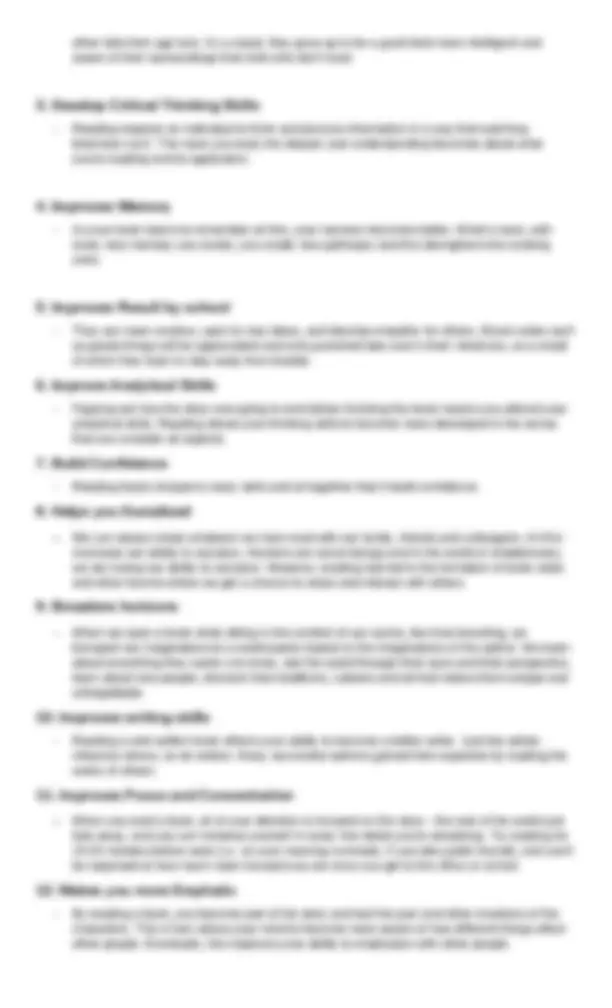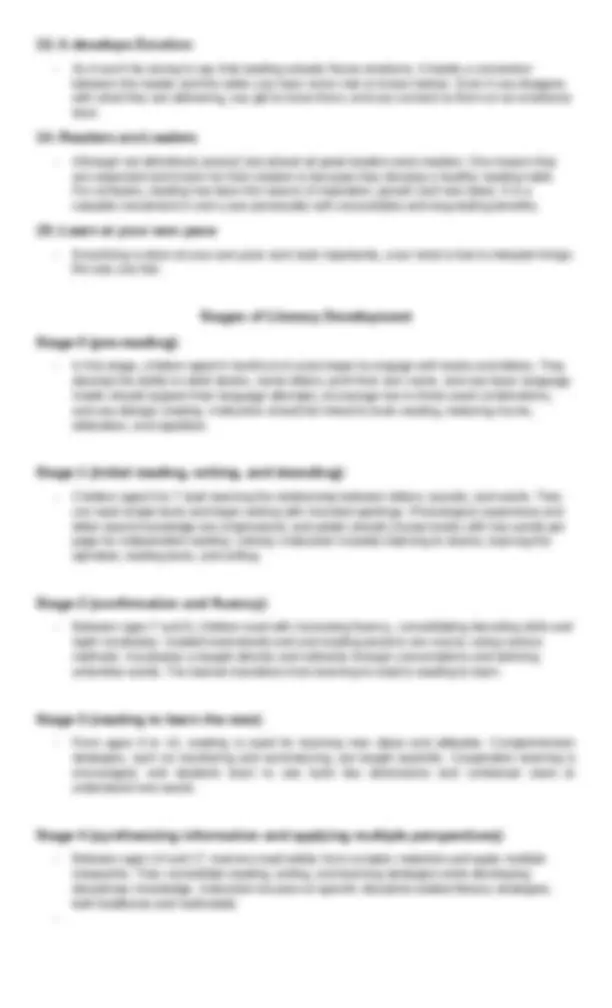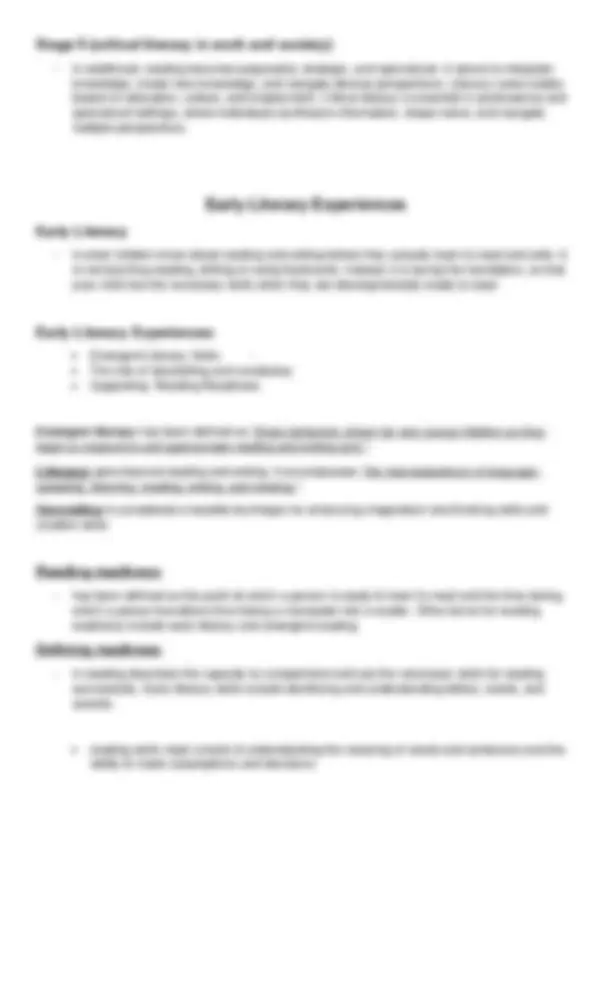





Study with the several resources on Docsity

Earn points by helping other students or get them with a premium plan


Prepare for your exams
Study with the several resources on Docsity

Earn points to download
Earn points by helping other students or get them with a premium plan
Community
Ask the community for help and clear up your study doubts
Discover the best universities in your country according to Docsity users
Free resources
Download our free guides on studying techniques, anxiety management strategies, and thesis advice from Docsity tutors
The relationship between phonological awareness and reading development. It defines phonological awareness and its importance in reading, as well as related concepts such as rhyming, alliteration, syllables, onset, rime, phoneme, and phonics. The document also provides phonemic awareness activities and emphasizes the importance of reading in improving vocabulary and comprehension.
Typology: Cheat Sheet
1 / 5

This page cannot be seen from the preview
Don't miss anything!




- ability to recognize, identify, and manipulate individual phonemes (the smallest units of sound in a language) in spoken words - is the ability to notice, think about, and work with the individual sounds (phonemes) in spoken words - understanding of different ways that oral language can be divided into smaller segments and manipulated. - the relationship between phonological awareness and the ability to read has been researched for over 50 years. - Phonological awareness is the foundational skill for reading. As the name implies, phonological awareness is related to sounds. - It is the ability to identify and distinguish between sounds in a word. It also helps in explaining how sound works in different ways in a word.
- is a literary device in the English language where a series of words in a sentence or phrase begin with the same consonant sound. It is used for stylistic and rhythmic purposes in writing and speech. - adds a musical quality to the language and can make phrases or sentences more memorable. For example, in the phrase "Peter Piper picked a peck of pickled peppers," the repeated "p" sound at the beginning of each word is an example of alliteration.
Emergent Literacy Skills - The role of storytelling and vocabulary Supporting Reading Readiness Emergent literacy has been defined as "those behaviors shown by very young children as they begin to respond to and approximate reading and writing acts."
speaking, listening, reading, writing, and viewing." Storytelling is considered a feasible technique for enhancing imagination and thinking skills and creative skills